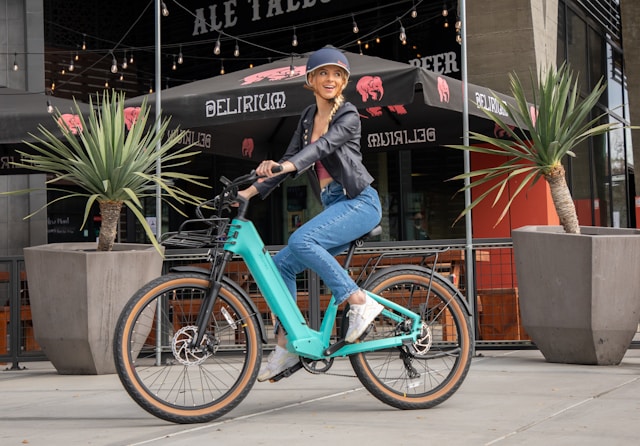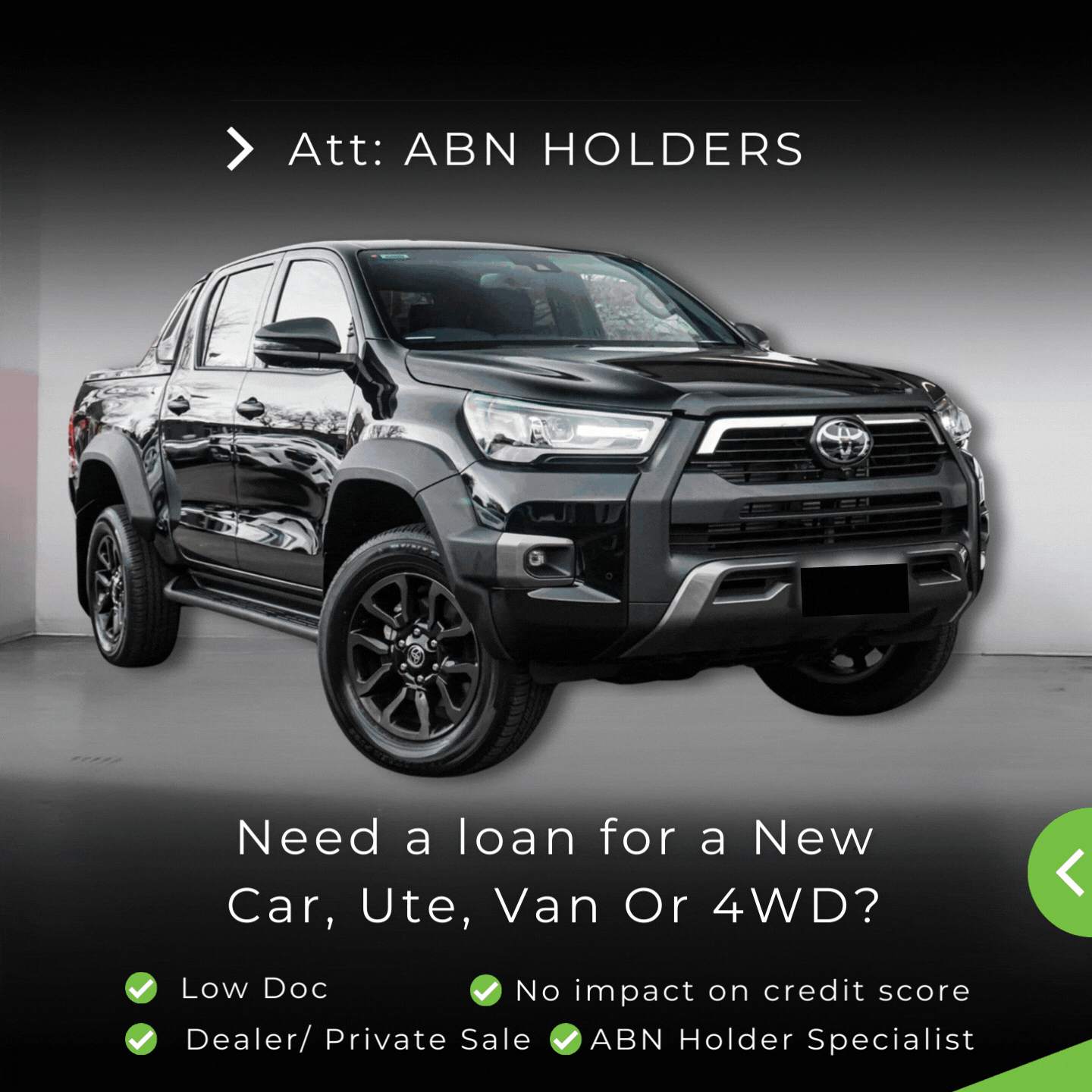Mid-Drive vs Hub Motor: How to Choose the Right E-Bike for Your Ride
So, you’re thinking about buying an e-bike? Good on ya. Whether you’re looking to cruise along the esplanade, tackle bush trails on the weekend, or just replace the daily car commute, electric bikes are booming across Australia — and for good reason.
But before you start handing over your hard-earned cash, there’s a big question you need to ask yourself:
Mid-drive or hub motor?
It might sound like boring tech lingo, but trust me — picking the right motor setup will make or break your e-bike experience.
In this guide, we’re going to break it all down in plain English. No confusing jargon, no hard sell — just honest, practical info to help you figure out which electric bike is right for you.
Let’s roll.
🚴 What’s the Difference Between Mid-Drive and Hub Drive?
Let’s start with the basics.
The terms mid-drive and hub motor refer to where the motor is located on the bike.
- A hub drive has the motor built into one of the wheels — usually the rear. It pushes or pulls you along directly.
- A mid-drive motor is located in the centre of the bike, down near the pedals. It powers the crank, working with your gears to help you move.
Sounds simple enough, right? But the way these two motors work makes a massive difference in how the bike rides, especially in different conditions.

⚙️ Hub Motors: Great for the Commute
Hub drive motors are the older tech, but they’re still around for good reason. For everyday road riders and inner-city commuters, they’re still a solid option.
✅ Pros:
- Affordable: Hub drive bikes tend to be much cheaper.
- Quiet and smooth: There’s a steady push from the rear wheel — perfect for cruising flat roads.
- Less maintenance: Hub systems are self-contained and don’t wear out your chain or gears as fast.
❌ Cons:
- Lacks gear integration: You can’t use your bike’s gears to help the motor on steep hills.
- Rear weight: The motor adds weight to the back of the bike, which can throw off balance.
- Limited shock absorption: The motor sits inside the rear wheel, so every bump or pothole sends shock directly into it.
Oh, and one cool thing: some hub motors offer regenerative braking — meaning when you brake, you can actually recharge the battery a little. Not a massive recharge, but still handy if you’re heading down a lot of hills.
Bottom line? Hub drives are perfect for city streets, smooth paths, or short work commutes.
⛰️ Mid-Drive Motors: King of the Hills
Now, if you’re thinking of trail riding, big hills, or just want more control over your bike’s power output — mid-drive is where it’s at.
✅ Pros:
- Powerful on hills: Because the motor works through your chain and gears, you can downshift and let the motor climb with you.
- Balanced ride: The motor is central and low, giving you better balance and control.
- Better efficiency: They’re more energy-efficient because they can “gear down” just like you do.
❌ Cons:
- Pricey: You’ll definitely pay more — often double or triple what a basic hub drive costs.
- Increased wear: Mid-drives put more strain on your chain and drivetrain.
- No regen braking: Mid-drives don’t offer battery regeneration when you slow down.
If you’re doing any mountain biking, or if you live in a hilly area (hello, Blue Mountains or Adelaide Hills), a mid-drive will feel like a lifesaver.
🛠 Comfort & Suspension: The Ride Matters
Let’s talk ride comfort.
One big downside with hub motors is that they’re sitting in the wheel — which means every bump or shock gets passed directly into the motor. Not ideal if you’re tackling curbs, rocks, or uneven surfaces.
With mid-drives, the motor sits inside the bike’s suspended frame, so it enjoys the same smooth ride you do. If your e-bike has front and rear suspension, it makes even more sense to go mid-drive.
So if comfort’s high on your list — and especially if you have any back or joint issues — a suspended mid-drive bike will treat you right.

💰 What About Price?
Here’s the truth: you get what you pay for.
Hub drive bikes are a brilliant budget option. You’ll find decent models starting at $1,000–$2,000.
Mid-drives? You’re looking at $3,000 and up, with high-end models pushing past $7k.
Is it worth it? Depends entirely on your riding.
If you’re mostly cruising on flat surfaces and want something to get to work and back — don’t waste money on tech you won’t use. But if you’re serious about your riding or want to explore off-road, a mid-drive is worth every cent.
🔋 Range: Which Motor Goes Further?
Funny thing — even though hub motors are older tech, mid-drives tend to be more efficient.
Why? Because you can shift gears to reduce motor load. That means less strain, less battery drain, and more kilometres per charge.
But remember: range depends on how you ride, your terrain, your assistance level, tyre pressure, your weight, and even the wind.
So don’t stress too much about the motor — just make sure your battery capacity matches your typical ride length.
🤷 So, Which One Should You Get?
Let’s keep it simple. Here’s a quick decision tree:
| You Should Get a… | If You… |
|---|---|
| Hub Drive | Commute in the city, want to save money, ride on flat roads |
| Mid-Drive | Climb hills, ride off-road, want better balance and power, don’t mind the higher cost |
Still unsure? Think of it like this:
A hub drive is like an automatic car — easy, relaxed, and fine for everyday driving.
A mid-drive is like a manual 4WD — more control, more power, and built for adventure.
🛒 Before You Buy: Quick Tips
- Try both types if you can. Some shops offer test rides — take advantage of them.
- Consider maintenance. Hub drives are easier to fix. Mid-drives wear chains quicker.
- Check legal limits. In Australia, e-bikes must have a 250W motor (or 500W in NSW) and be pedal-assist to stay road legal.
- Think long term. Spend a bit more now and get a bike that fits your future plans.
🧠 Final Thoughts: Pick What Works for You
There’s no single “best” electric bike — just the one that fits your lifestyle.
If you’re commuting to work, riding bike paths or just enjoying a casual weekend cruise — save your cash and grab a hub drive. It’ll get the job done and leave you smiling.
But if you’re after power, efficiency, and the confidence to conquer steep Aussie terrain — go mid-drive. It’s an investment, sure. But for serious riders, it’s the smart move.
At the end of the day, the best e-bike is the one that makes you want to ride more. So choose the one that fits your riding style — and enjoy the ride.





